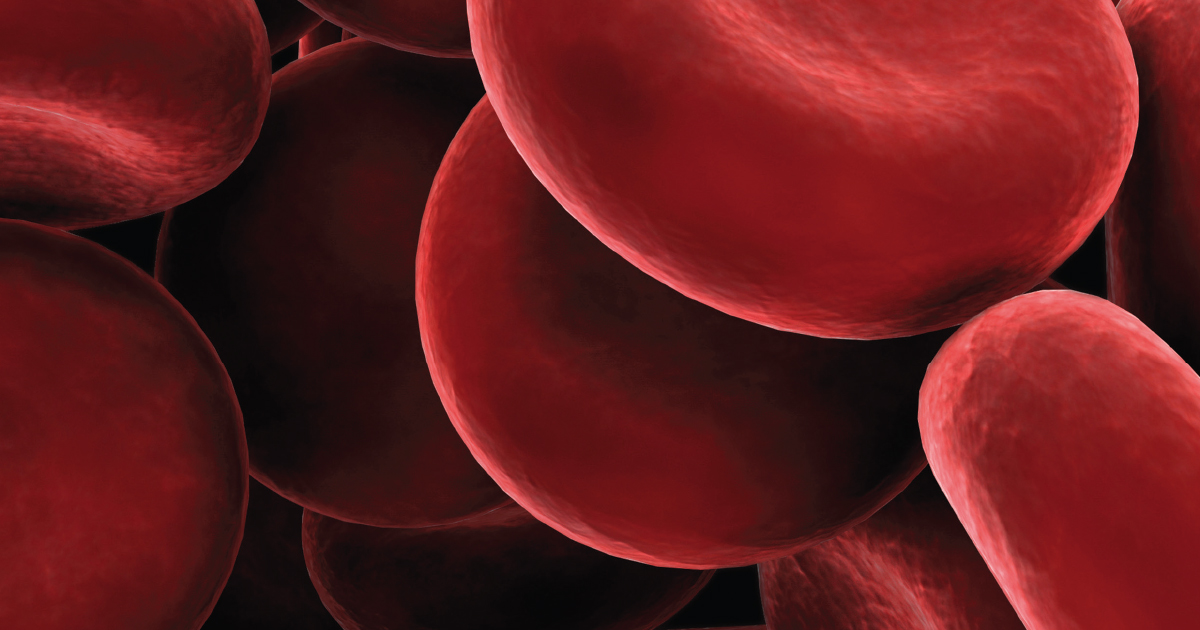Key Symptoms Of Leukocytosis
Leukocytosis is a term used to describe a condition in which an affected individual has an elevated count of white blood cells in their body. White blood cells are the type of cells that make up an individual's immune system and defend their body from foreign pathogens. There are five types of leukocytosis. When the number of neutrophils is elevated, it is called neutrophilia. Lymphocytosis is when the number of lymphocytes in the body is elevated. Monocytosis describes a state in which there are too many monocytes. Eosinophilia describes an elevation in the number of eosinophils in the body. When basophils are elevated, the condition is called basophilia.
All of these different types of white blood cells have different functions that come together with other components to form the immune system. Leukocytosis or any combination of high white blood cell counts can cause the blood to become too thick to flow adequately.
Vision Issues

An individual affected by leukocytosis may present with vision issues as a symptom manifestation of their blood condition. The eye is supplied by a network of tiny capillaries that carry nutrient and oxygen-rich blood to its cells. Some of the smallest blood vessels in the body are located within structures of the eye. Individuals with leukocytosis have high white blood cell counts, and the excess white blood cells in the blood may cause it to become thicker and have a higher viscosity. This malfunction gives the blood movement a slow or sluggish flow rate through the body due to its friction against the vein and artery walls. This thickened blood flows through the main artery to the head and then may fail to fully infiltrate into the numerous branches of small capillaries that supply the cells of the retina.
The retina is a component of the eye responsible for sensing light and sending nerve impulses that contain visual information through the optic nerve to the brain. When several of these capillaries do not receive blood because of leukocytosis, the affected individual may experience vision issues. These issues include blurry vision, double vision, and blind spots. The thickened blood may also cause other microvascular changes that stop blood from getting to the retinal cells, including hemorrhage or thrombosis.
Stroke

An individual who has a stroke may be affected by leukocytosis. A stroke is a medical emergency that happens when some mechanism causes blood flow to a part of the brain to be cut off. The brain cells in that vicinity begin to die from oxygen deprivation, and the individual's abilities controlled by the affected portion of their brain are compromised or lost. The type of stroke that most commonly occurs in individuals who have leukocytosis is an ischemic stroke, a type of stroke caused by a blood clot lodged in a blood vessel that carries blood to the brain. Individuals affected by leukocytosis have blood that becomes thicker from the excess number of white blood cells.
The blood of an affected individual also has an increased risk of inappropriately developing clots. The mechanism behind this is the relationship and interactions that occur between certain white blood cells and the platelets that control the formation of blood clots. As the number of excess white blood cells becomes larger, the affected individual's risk for experiencing the formation of unnecessary blood clots increases. When a blood clot flows freely in the blood and becomes stuck in a vessel that supplies part of the brain, the individual can have a stroke.
Difficulty Breathing

An individual who experiences difficulty breathing may be affected by leukocytosis. The underlying cause of the leukocytosis and the high blood viscosity that results from this condition can both be contributing factors for this symptom. Certain bacterial and viral infections can cause an individual to develop the leukocytosis because white blood cells play a critical role in the mechanism the body uses to fight off these pathogens. If the infection is respiratory, the patient can experience infection associated congestion, airway constriction, shortness of breath, and pain with breathing.
Certain types of allergic conditions can cause breathing difficulty and leukocytosis concurrently, including asthma, esophagitis, hay fever, and several others. Leukocytosis can cause an individual to have an increased risk of developing a blood clot in the blood vessels that supply blood to their lungs. This clot is called a pulmonary embolism. Rapid breathing, pain when breathing, coughing up fluids, and shortness of breath can all indicate a pulmonary embolism precipitated from underlying leukocytosis.
Fever

A fever may be indicative of leukocytosis in an affected individual. The main mechanism behind this symptom of leukocytosis is associated with the underlying cause of it. Certain bacterial infections can cause a reaction in the body that produces leukocytosis. The bacteria shown to cause this condition in affected individuals include brucellosis, rickettsia, ehrlichiosis, Staphylococcus aureus, tularemia, Mycobacterium tuberculosis, and leishmaniasis. Bacteremia, an infection in the bloodstream, can also cause the development of leukocytosis and fever. While viral infections often produce a fever in the affected individual, they cause leukocytosis less often than bacterial infections do.
The most common viral infections known to cause this condition with a fever are infectious cytomegaloviruses, infectious hepatitis, mononucleosis, and respiratory syncytial virus infections. Additionally, a hereditary disease that is called familial cold autoinflammatory syndrome has also been known to be the underlying cause of an affected individual's leukocytosis and fever.
Bleeding From Certain Areas

Leukocytosis should be suspected in individuals bleeding from certain areas of the body. This symptom is often the result of an underlying cause of leukocytosis that involves the dysfunction of the affected individual's bone marrow. The bone marrow is responsible for the production of all blood cells from stem cells to mature platelets, white, and red blood cells. An individual who has leukocytosis caused by acute lymphocytic leukemia, a type of cancer that begins in certain white blood cells, may experience bleeding from the gums, nose, and into the skin.
Individuals affected by acute myeloid leukemia can experience prolonged bleeding from bruises, cuts, gastrointestinal organs, and bleeding into the skin due to the cancerous bone marrow cells crowding out platelets. Hairy cell leukemia causes an individual to produce too many lymphocytes or a type of white blood cell that helps ward off infection and can cause the bone marrow to underproduce platelets. The underproduction of platelets can cause the affected individual to bleed from their nose, gums, gastrointestinal tract, urinary tract, and into the skin.